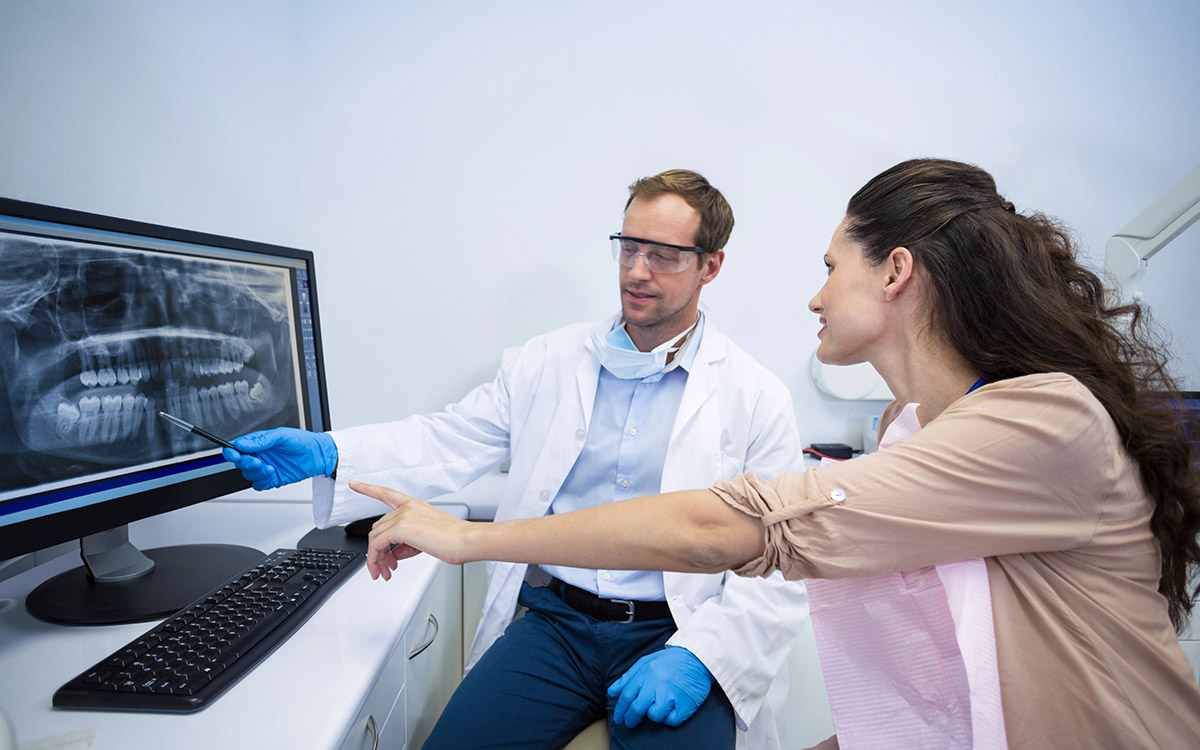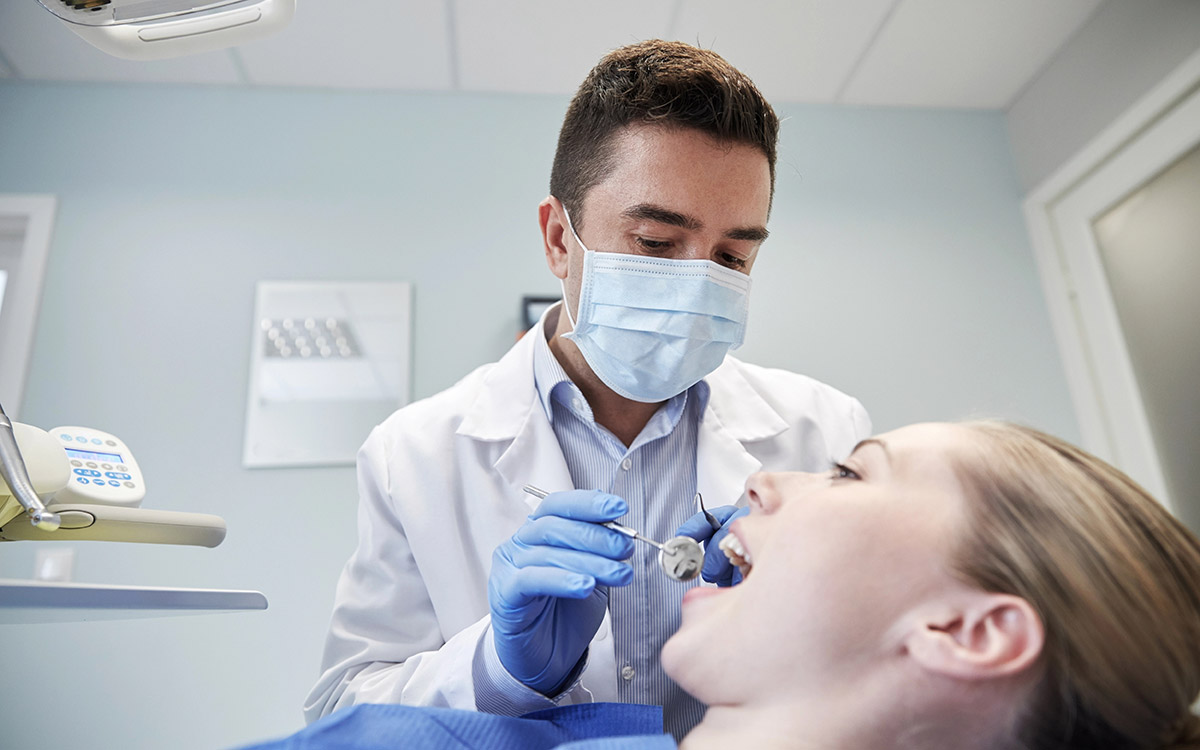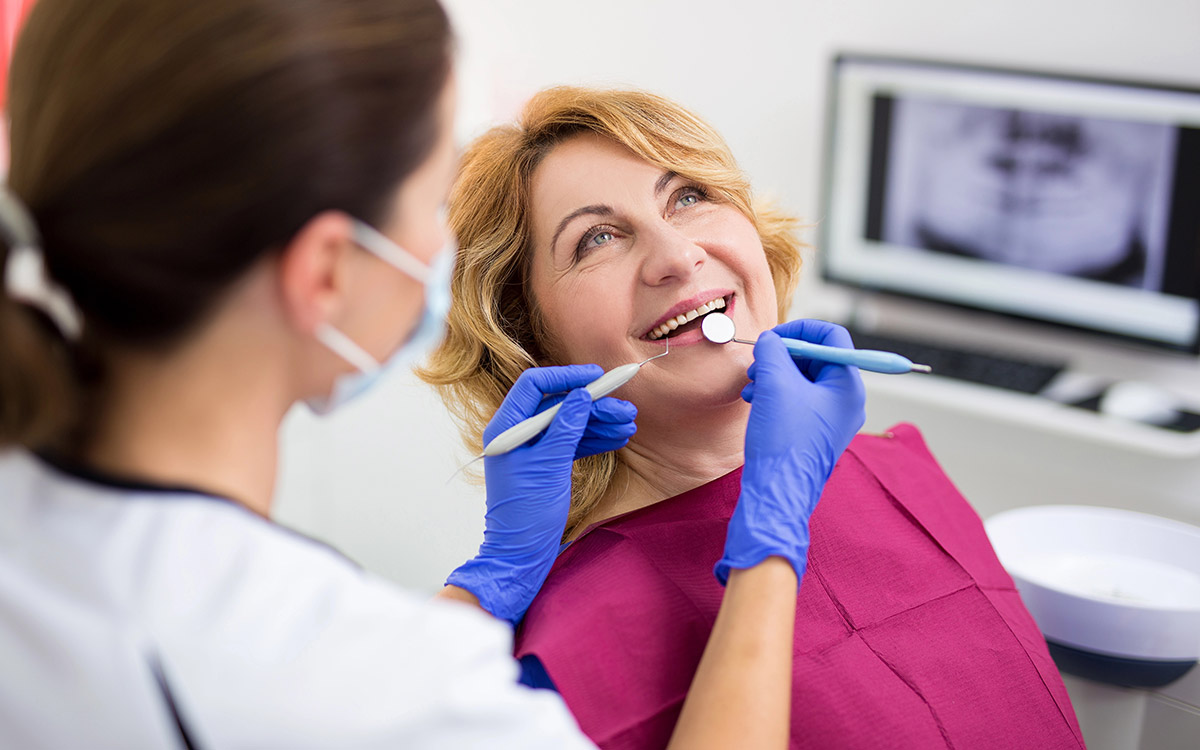How innovation is making dentistry faster, more precise, and more comfortable than ever before.
For many patients, going to the dentist used to mean long appointments, uncomfortable impressions, noisy drills, and waiting weeks for crowns or aligners. But dentistry in 2025 looks completely unique. Thanks to advanced technology, the modern dental office has evolved into a high-tech hub of precision, comfort, and efficiency.
At All About Smile Dental Group, we’ve embraced these innovations to provide our patients with care that is less invasive, more accurate, and often completed in fewer visits. From digital imaging to AI-powered diagnostics, new dental technology is improving not just how dentists work but also how patients feel about their oral health.
“The future of dentistry isn’t coming — it’s already here, and it’s transforming the patient experience.”
Digital Imaging and 3D Scanning
Gone are the days of messy molds and uncomfortable trays. Intraoral scanners now create precise 3D images of your teeth and bite in minutes.
-
Comfortable: No gag-inducing impression material.
-
Accurate: Digital scans capture details down to microns.
-
Fast: Models are available instantly for same-day restorations or orthodontic aligners.
Patients love the convenience, while dentists appreciate the accuracy—fewer remakes, better fit, and predictable results.
“Digital scanning is like moving from film to HD television — the detail is that sharp.”
AI in Dentistry: Smarter Diagnoses
Artificial intelligence (AI) has entered the dental world, assisting dentists in detecting cavities, cracks, bone loss, and even oral cancer in early stages. AI-powered imaging software can highlight problem areas a human eye might miss, leading to earlier interventions and better outcomes.
For patients, this means fewer surprises and greater peace of mind. Instead of “watching” a tooth and waiting, problems can be addressed when they’re still small and easier to treat.
Laser Dentistry: Gentle and Precise
Lasers are one of the most exciting tools in modern dentistry. They can be used for:
-
Removing cavities without drills.
-
Treating gum disease with less bleeding and faster healing.
-
Whitening teeth more effectively.
-
Contouring gums for a balanced smile.
Because lasers are so precise, they minimize damage to surrounding tissues, reduce the need for anesthesia, and shorten recovery times.
Same-Day Crowns and Restorations
In the past, getting a crown meant two visits—one for preparation and impressions, and another weeks later for placement. Now, CAD/CAM technology (computer-aided design and manufacturing) allows dentists to create crowns, veneers, and inlays in a single appointment.
Patients leave with their permanent restoration the same day, eliminating the need for temporary crowns and multiple visits.
Virtual Smile Design
Cosmetic dentistry has been revolutionized by smile design software. With digital imaging, patients can preview what veneers, whitening, or orthodontics will look like before beginning treatment.
This not only builds excitement but also ensures patients feel confident in their decisions. It’s like trying on a new smile before committing to it.
Teledentistry and Patient Convenience
In 2025, teledentistry has become more common. Patients can consult their dentist virtually for follow-ups, treatment planning, or minor concerns. This saves time and makes care more accessible for busy families.
Comfort and Patient Experience
Technology isn’t just about speed and accuracy — it’s about comfort. Many tools now focus on reducing patient anxiety and making dentistry more pleasant:
-
Noise-reduced handpieces that minimize drill sounds.
-
Digital anesthesia delivery systems for virtually painless injections.
-
Augmented reality education tools that help patients visualize treatments and results.
The goal is simple: remove the fear factor from dentistry and replace it with confidence.
The Role of Preventive Technology
Technology also plays a vital role in preventive care. Devices that measure saliva pH, detect early signs of oral cancer, or monitor tooth wear help dentists intervene before problems become major. This preventive approach saves patients time, money, and discomfort in the long run.
“The best dentistry is preventive—and technology now lets us see problems before you ever feel them.”
FAQs About Dental Technology
Are same-day crowns as strong as traditional crowns?
Yes. CAD/CAM crowns are made from high-quality ceramic materials that are as durable, if not more so, than traditional crowns.
Do dental lasers hurt?
Most patients report that laser treatments are more comfortable than traditional methods, often requiring little or no anesthesia.
Is AI replacing dentists?
No. AI is a tool that supports dentists, not replaces them. It improves accuracy, but human expertise is still essential for treatment planning and execution.
Is digital scanning safe?
Absolutely. Digital scans use safe light technology and emit no radiation, unlike traditional X-rays.
Conclusion
Dental technology in 2025 is transforming how patients experience care. With tools like digital scanning, AI diagnostics, and same-day restorations, dental visits are faster, more comfortable, and more precise than ever before. At All About Smile Dental Group, we’re proud to combine compassionate care with cutting-edge technology to give our patients the very best in modern dentistry.
Schedule your appointment today and discover how technology can make your next dental visit your best yet.







